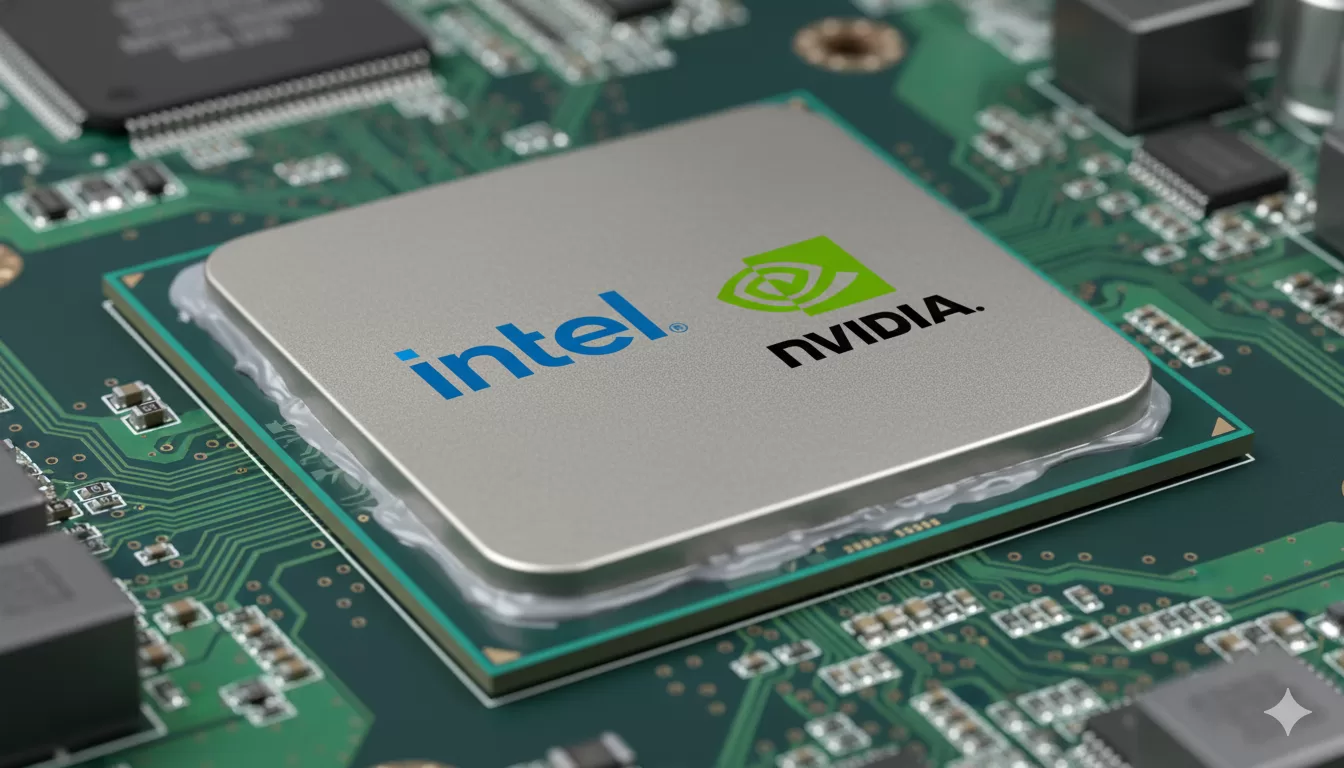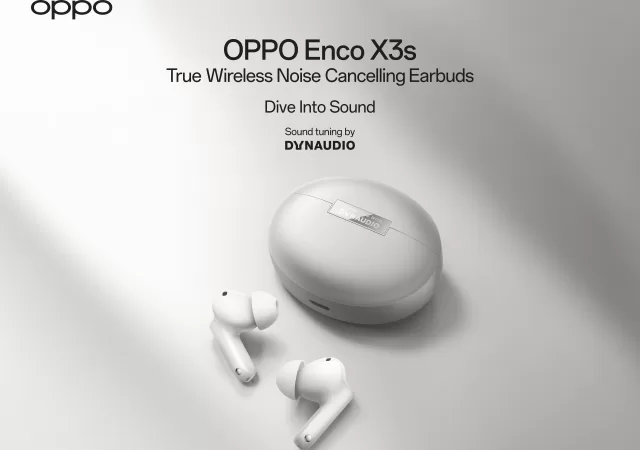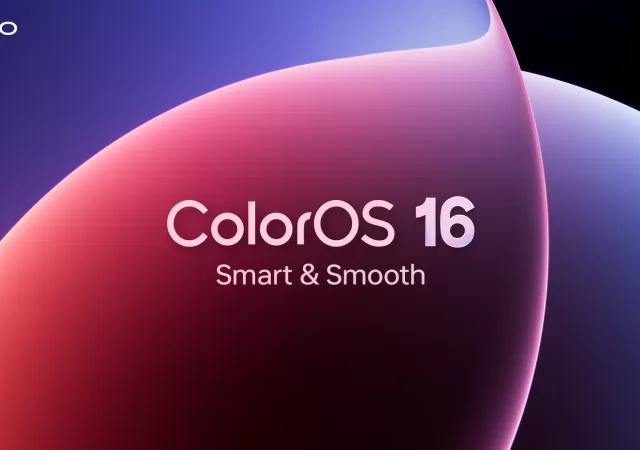NVIDIA and Intel are poised to shake up the status quo when it comes to the x86 processor space. In a strategic move, NVIDIA has recently invested a significant amount in Intel. The 5 billion investment and a multi-generational product roadmap have been hailed as a “game-changer” for the AI PC era.
However, the excitement surrounding this new fusion of power is being met with clear-eyed pragmatism from major PC manufacturers. Acer Chairman and CEO, Jason Chen, has provided insight into the operational consequences of this new architecture, framing the deal not as a simple technical breakthrough, but as a source of potential “operational headaches” and complexity for the entire supply chain and for PC brands.
NVIDIA’s $5 Billion Investment
The partnership was solidified on September 18, 2025, when NVIDIA, the world’s leading chipmaker, announced it would invest $5 billion in Intel common stock. The goal of the collaboration is to tightly couple NVIDIA’s AI and accelerated computing stack with Intel’s leading CPU technologies and the vast x86 ecosystem.
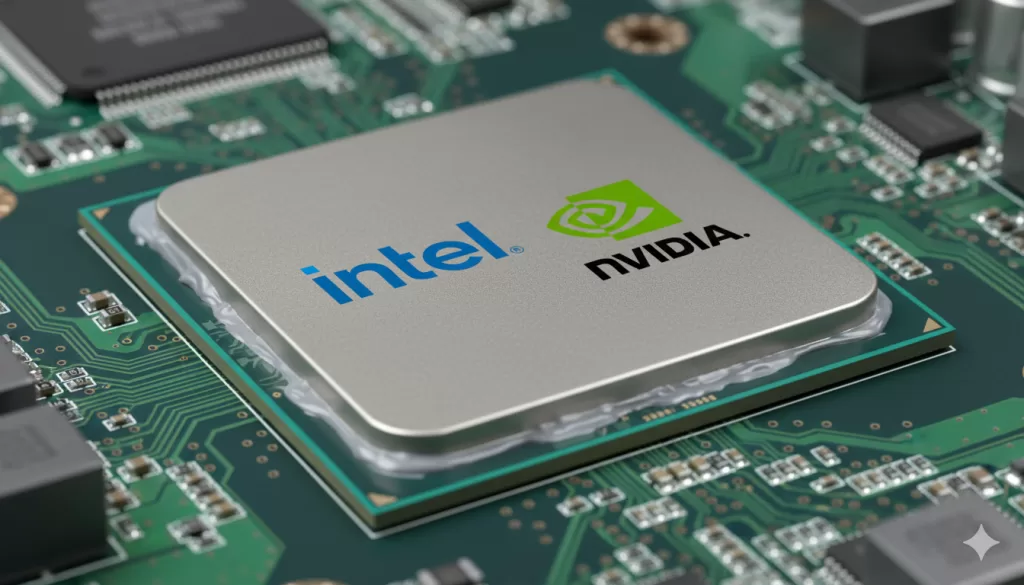
The core technical plan involves a multi-generational roadmap in two key areas. For the PC market, Intel will develop and offer a new “x86 RTX system-on-chip (SoC)”. This SoC will integrate an NVIDIA RTX GPU chiplet alongside the Intel x86 CPU in a single package. This deep, technical fusion aims to put unprecedented AI and graphics horsepower into tightly integrated, thin-and-light gaming laptops and small-form-factor PCs. For data centres, Intel will manufacture NVIDIA-custom x86 CPUs integrated directly with NVIDIA’s AI infrastructure, bypassing traditional bottlenecks.
The True Industry Shake-Up: Competition and Foundries
For the technology industry at large, this deal is less about collaboration and more about competitive positioning. The partnership creates a direct, existential threat to AMD, which has long been the only vendor to successfully integrate both x86 CPUs and dedicated GPUs (like its Ryzen processors with Radeon graphics). The Intel-NVIDIA fusion is explicitly designed to counter AMD’s integrated model, challenging its product offerings across both the data centre and the consumer AI PC segments. This move signifies that the future of high-performance computing is about who can create the most tightly integrated, powerful, and efficient system-on-a-chip.
Furthermore, this alliance serves as a significant validation of Intel’s new business direction. A crucial aspect of the partnership is the use of Intel Foundry Services (IFS), Intel’s external manufacturing division. For Intel, securing NVIDIA, the leader in AI accelerators, as a manufacturing customer provides massive credibility for its foundry business. This commitment demonstrates that Intel is capable of attracting and manufacturing cutting-edge chips for major, even rival, technology companies, fundamentally diversifying its revenue streams and competing directly with contract manufacturers like TSMC.
The OEM Perspective: Complexity and Inventory Chaos
Acer CEO Jason Chen’s comments contextualise the excitement of the chipmakers within the difficult operational reality faced by PC Original Equipment Manufacturers (OEMs). His primary concern is the sheer logistical complexity that this new architecture introduces into the supply chain.
Chen highlighted that PC brands already face significant operational difficulties managing the supply of different generations of x86 processors from just two vendors (Intel and AMD). The addition of a third distinct x86 architecture—the Intel-NVIDIA x86 SoC—complicates procurement and inventory management significantly:
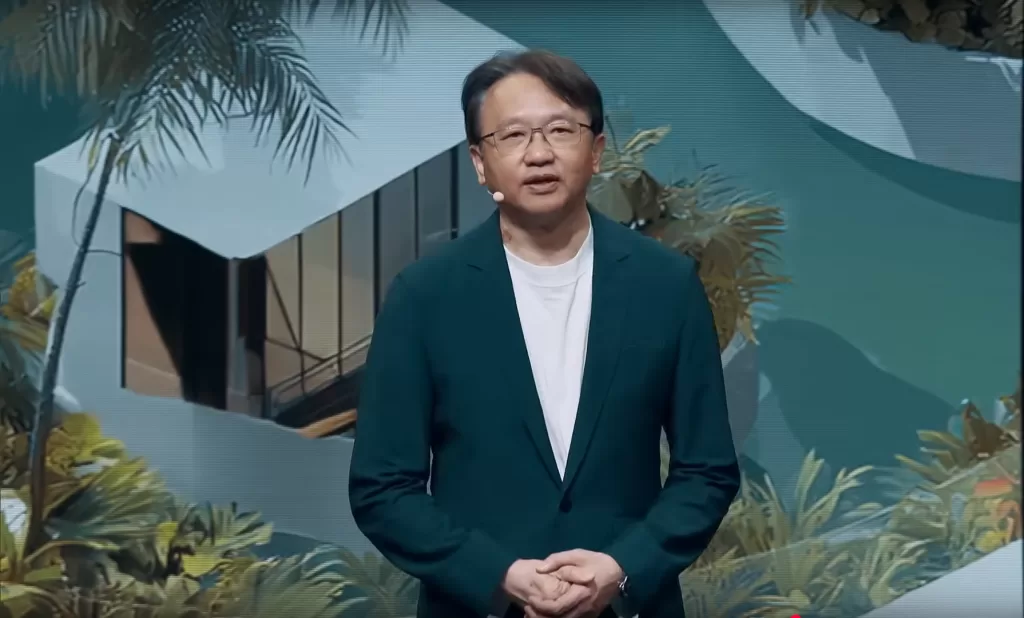
PC companies will now need to manage the ecosystems for three distinct x86 architectures, leading to massive challenges in inventory, procurement, and logistics planning. Manufacturers must now create dedicated product portfolios for each architecture, ensuring they offer suitable and cost-effective products for different global markets, leading to potential inventory bottlenecks.
Chen noted that the traditional model where CPU and GPU vendors operated separately is dissolving. He warned that how these new deep supply arrangements will evolve warrants close attention from brands, as the dynamics of component procurement are fundamentally changing.
Chen urged PC brands to “internalize the shift” in the competitive landscape, cautioning against being motivated solely by “market hype”. Instead, he advised a focus on core business disciplines: roadmap planning, portfolio discipline, and sustainable integration. For the consumer, Chen’s assessment implies that while the technology is exciting, PC price increases and component shortages must be closely monitored as the industry adjusts to this new level of complexity.



